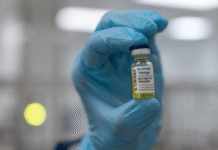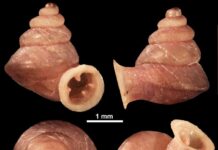BY SETH AUGENSTEIN
GENETICALLY modified chickens are laying eggs with interferon beta in their whites, a team of Japanese scientists reports.
The three female chickens are producing enough of interferon beta – used in the treatment of multiple sclerosis and hepatitis, and virus research – to drive down normally-high costs of making the precious and expensive protein, according to a report in the Yomiuri Shimbun.
The breakthrough, if it proves efficacious, would be just the latest use of a long history of the chicken egg in modern medicine.
The scientists come from public and private groups: the National Institute of Advanced Industrial Science and Technology (AIST) in Kansai, the National Agriculture and Food Research Organisation in Ibaraki Prefecture, and the Cosmo Bio Co. headquarters in Tokyo, the newspaper reports.
The development was the product of two generations of genetically altering poultry, according to the account.
Genes producing interferon beta are introduced into cells that are the precursors of chicken sperm. Those cells are used to fertilise eggs, producing male chicks. Those male chicks are then crossbred with females to produce another generation of chickens with the inherited genes.
The resulting female chickens with the genes then laid the valuable eggs with the interferon beta inside the whites, the newspaper reported. The phenomenon was reportedly documented at Cosmo Bio Co. breeding facility in Hokkaido.
However, the scientists concede that stringent pharmaceutical safety standards meant that the initial targeted use of the new protein source would be for research purposes. The use of genetic engineering in chickens to develop drugs in the whites of eggs is a technique that was originally introduced about a decade ago at the Roslin Institute in Scotland, in which they showed they could produce interferon beta and also miR24 – a non-coding RNA molecule that has been used in treating melanoma.
But the history of the medicinal use of chicken eggs stretches back even before genetic engineering. For instance, flu vaccines have been made with the use of millions of chicken eggs each year, for about 70 years.
The major breakthrough in defeating polio in the mid-20th century was made by Lewis Coriell, a New Jersey-based researcher who perfected a way to culture human skin and viruses in chick embryos, which paved a way for scientists like Jonas Salk to manipulate the polio virus for the first time. — Laboratory Equipment

















